Features and device of ball and roller latches
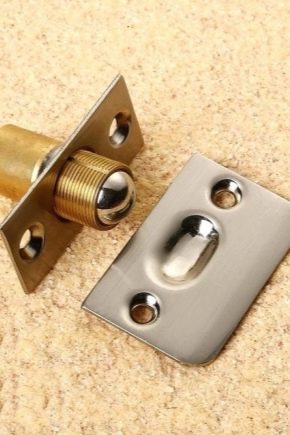
Not all doors need a reliable lock. This is especially true for interior doors. It is enough for them that they do not open from gusts of wind. To do this, lockless latches are mounted on the door, the simplest type of which is a ball (roller) latch.
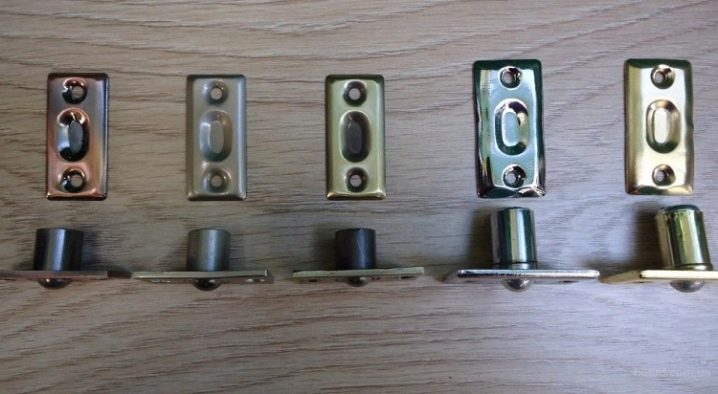
Purpose and types of clamps
By purpose, the devices are divided into products:
- restraining doors open;
- locking doors in the closed position;
- limiting the opening angle of the door.
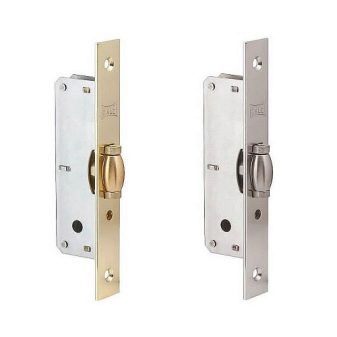
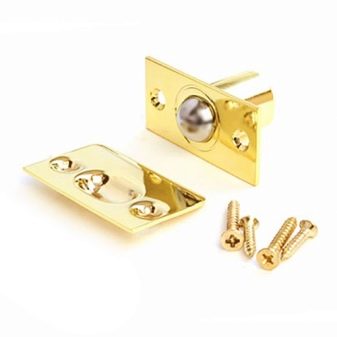
Also distinguish between stationary and mobile types. Stationary models are attached to the door leaf, and movable ones are used if necessary. By location, the latches are floor, wall, door.
By design features are distinguished:
- halyard (mechanical);
- ball (roller);
- sliding (bolts, latches);
- magnetic (subdivided into built-in, passive and electromagnetic).
This article takes a closer look at ball (roller) retainers. Such a latch-retainer refers to a stationary type of devices that fix the door in the closed position.
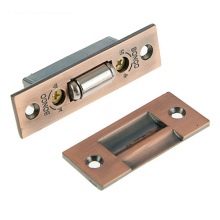

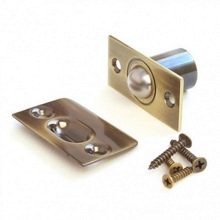
What are they made of?
The design of the ball latch is extremely simple:
- a hollow cylindrical body with a spring, at the top of which there is a ball;
- strike plate with a recess along the diameter of the ball.
The body is mounted on the front side of the door, and the otvetka is mounted opposite it into the door frame. When the door is closed, the ball is immersed in the cylinder, then, under the influence of a spring, it rises to its original position and takes a depression in the bar. A simple push or pull on the handle is enough to open the door. The door handle is not connected to the latch, so their relative position can be any.
The door lock can be used in combination with another full-fledged locking mechanism, as it does not interfere with it in any way. Both structural elements of the ball retainer are provided with mounting holes.
Fixing screws are included with the product.
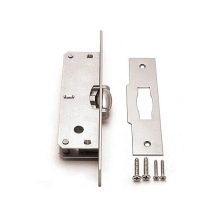
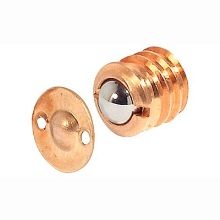
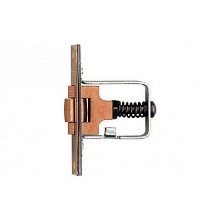
Scope of use
Ball door latch-latch is a universal locking device suitable for door structures made of various materials - wood, glass, plastic, metal-plastic and any type, even pendulum and sliding. For a glass door, overhead latches are chosen. There are no restrictions on the purpose of the doors, because a double combination of such latches with locking devices is possible.
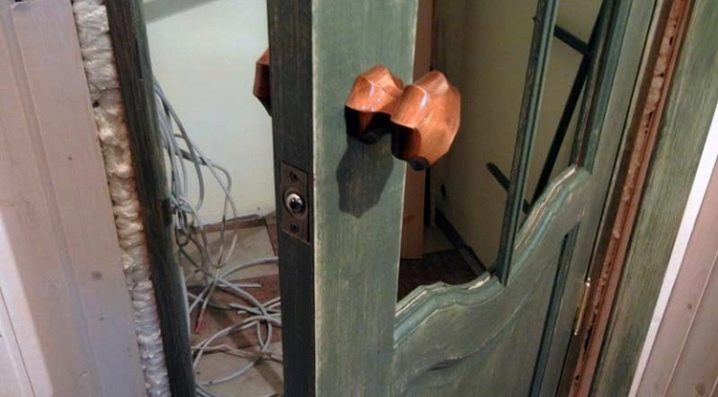
Such latches are also used in furniture door designs.
Advantages and disadvantages
The advantages of this type of door latches include ease of use, simplicity of design and installation, resistance to wear and deformation, reliability, long service life and low cost.
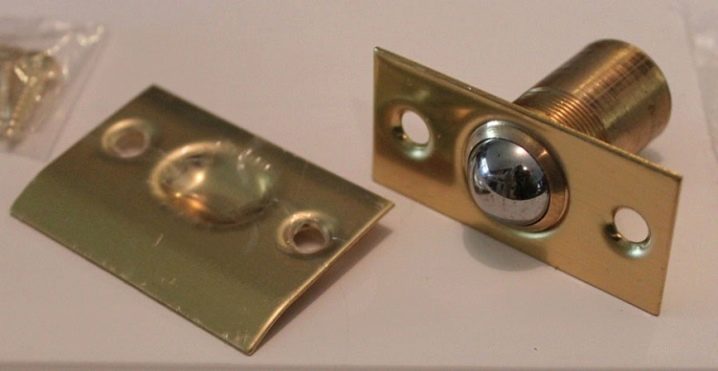
And to the disadvantages - only a loud click sound when opening and closing the door
How to choose?
It is not easy to come up with a simpler and more reliable design, the only weak link can be considered a spring, the durability of the device depends on the quality of the material. Experts recommend choosing products from such well-known manufacturers:
- Russian firm Apecs;
- Finnish company Abloy;
- METTEM, another Russian manufacturer of door stoppers;
- Turkish firm Kale.
When purchasing clamps, it is desirable to observe color harmony with other door fittings.Usually this is not a problem - the market provides a huge selection of different colors for these products. Also, before buying, compare the dimensions of the latch and the dimensions of your door.
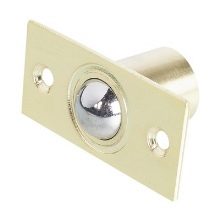
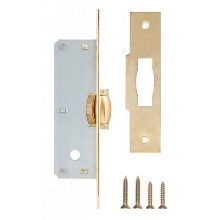
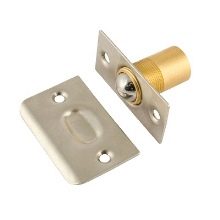
Installing the product
Now, installation instructions are attached to any model, so it will be a simple matter to install it yourself with the help of tools.
Installation on a wooden door
First, attach the doorknob at a comfortable height for you. It can be anything from a simple metal bracket to a curly wooden one. Next, with a drill or screwdriver, drill a seat for the cylindrical part of the mechanism in the end part of the door leaf. Its depth should be slightly greater than the length of the cylinder.
Insert the retainer into the groove, align it with the edges of the door, then draw a path. Along these lines, use a chisel to make a seating groove for the outer plank. Now we will install the cylindrical part of the device and fix it on the end of the door using screws or screws. The installation of the striker on the door frame is carried out in the same way. As you can see, everything is very simple.
Neither specific tools nor great physical strength are needed.
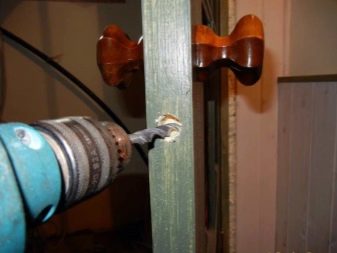
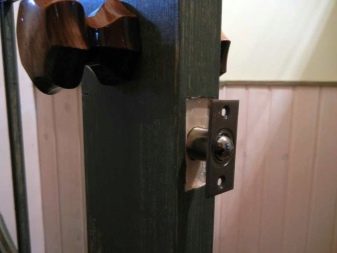
Installation on plastic balcony doors
The installation process of the roller retainer begins with the installation of the ball on the door leaf. By the way, keep in mind that the clips for plastic doors are divided into 9 mm and 13 mm. The size depends on the installed profile. When purchasing a latch, inform the seller about the manufacturer of your plastic doors, then he will select a suitable model for you.
Before installing the latch, you need to unscrew the self-tapping screw that is located closest to the main handle. A plastic door can bend slightly, so when you install a latch at the top or bottom of the door, there is a chance that you will have to use extra force when closing it to snap it into place.
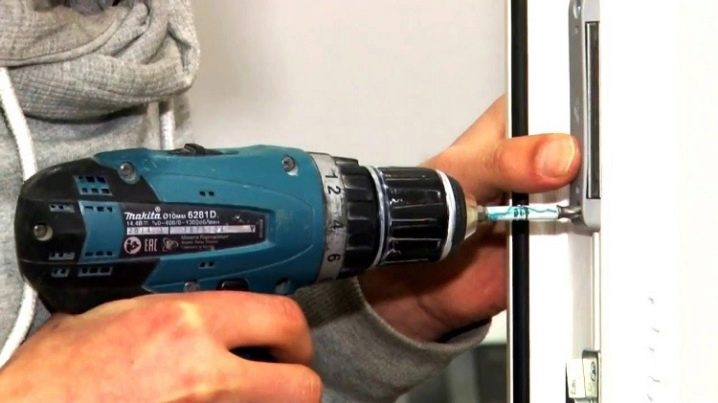
We attach a roller to the place of the twisted self-tapping screw. The screw for the roller must be chosen a little longer than its predecessor, since the roller protrudes above the door leaf. To mount the counterpart on the frame, it is necessary to accurately mark the location of the ball. To do this, place a ruler horizontally across the middle of the roller and mark its location with a pencil on the outside of the door leaf. Then close the door and transfer the mark to the frame.
The mark on the end of the frame must be aligned with the center of the inlet of the retainer. Attach the counterpart according to the mark and attach it first with one upper screw (take a small screw, 19 mm). This is followed by testing the accuracy of the roller in the slot - open and close the door 5-6 times. If all is well, screw in the bottom screw as well.

How to install the latch on a plastic door with your own hands, see the video below.













And what is the size of the latches?
The comment was sent successfully.